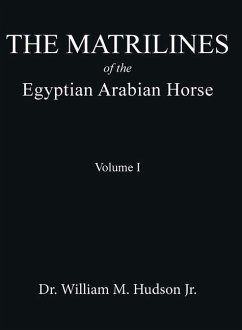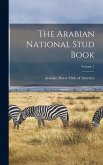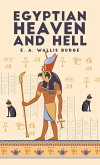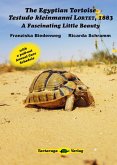Controversy over the meaning of the term purebred Arabian horse has been at the center of the debate. Beyond this question, the validity and accuracy of the recorded pedigrees, once considered an unimpeachable source of the genetic composition of many specific Arabian horses have been questioned. The two issues are closely connected. There is simply no escape from the dilemma. The controversy over Arabian horse pedigree accuracy has had a direct and significant effect on the decision-making process in Arabian horse breeding operations throughout the world. Animal pedigrees, like human pedigrees, are at times flawed. Accidents have been known to happen even in the best regulated families. All of this would be of only marginal interest except for the fact that modern scientific methods now exist that can ferret out these errors and establish the true family relationships of individual Arabian horses living today. The purpose in writing this book is to present an original DNA research study of Egyptian Arabian matrilines presented in Chapter Ten. This study provides a catalogue of the mitochondrial DNA identity of all surviving matrilines tabulated in the Egyptian Arab horse breeding records, as defined by Colin Pearson in The ArabianHorse Families of Egypt, Alexander Heriot and Co. Ltd., published in 1988. The Pearson book was chosen as the gold standard for this study because of his meticulous and thorough research methods. Pearson was motivated by a deeply felt attraction to the horses of Egypt, as well as a sense of academic zeal in connection with the questions of the origins of the horses. He was not partisan in matters of documentary conflict. He was, as his editors Kees Mol and James Fleming noted, motivated by an unwavering commitment to eliminating conjecture in his work. Where gaps and inconsistencies were found, he noted these. He did not speculate on possible interpretations.
Bitte wählen Sie Ihr Anliegen aus.
Rechnungen
Retourenschein anfordern
Bestellstatus
Storno

